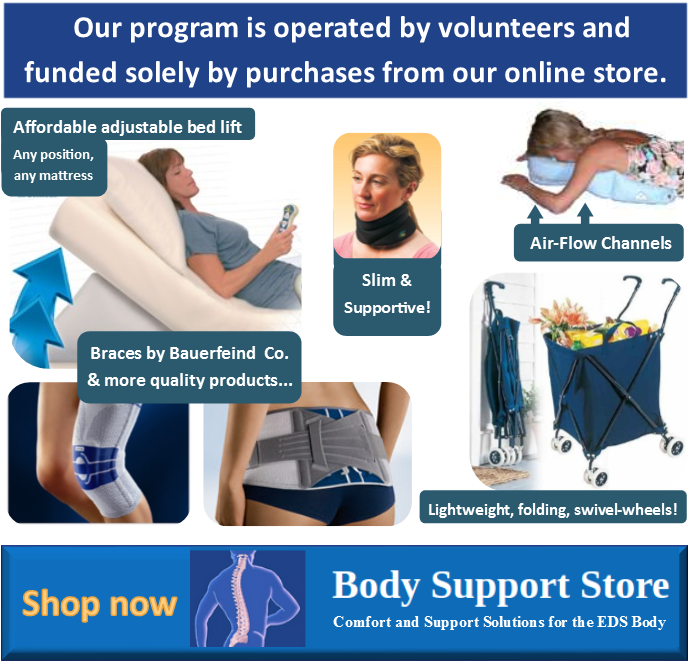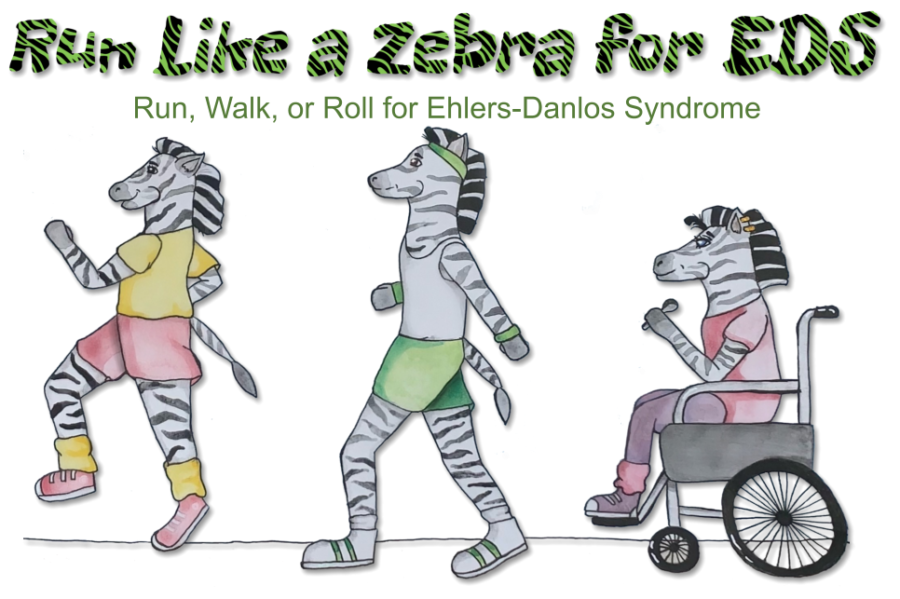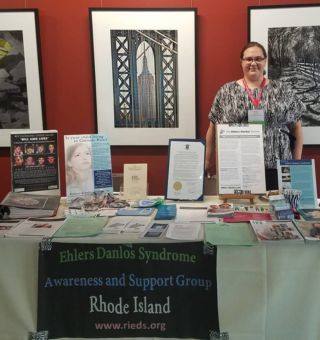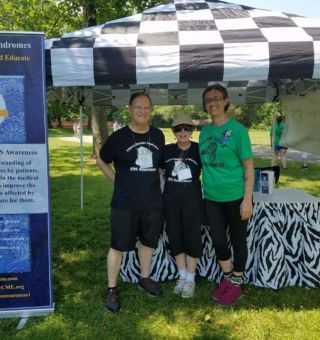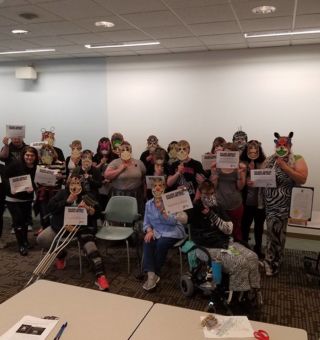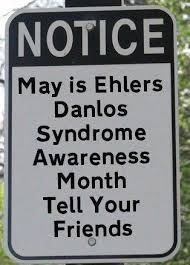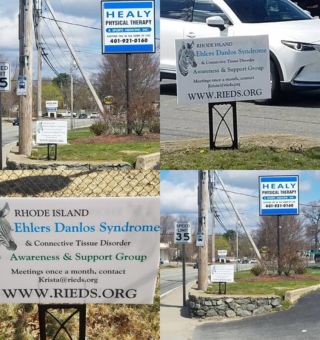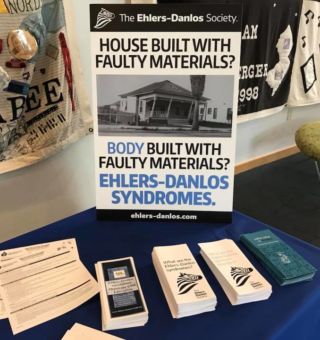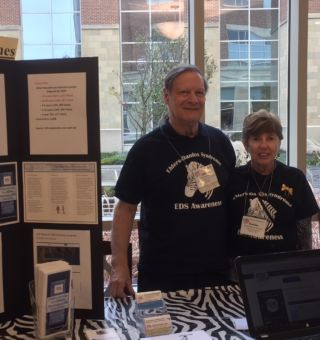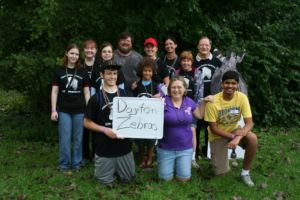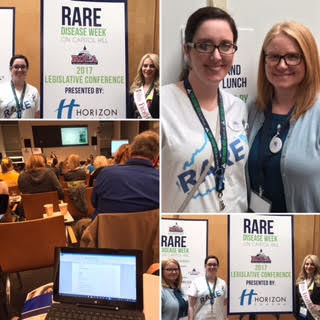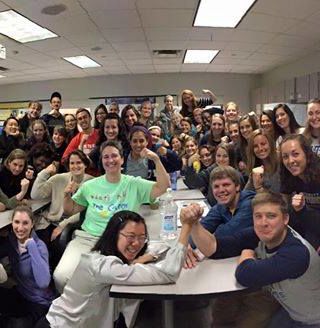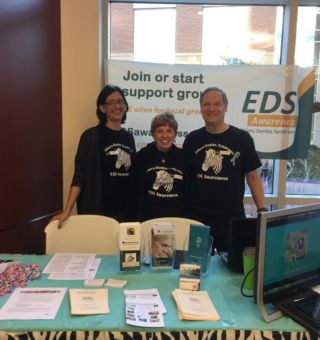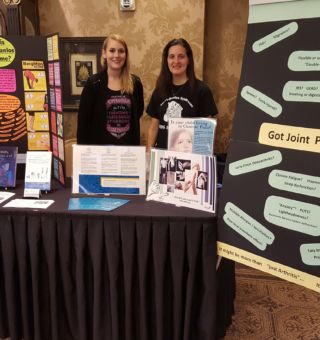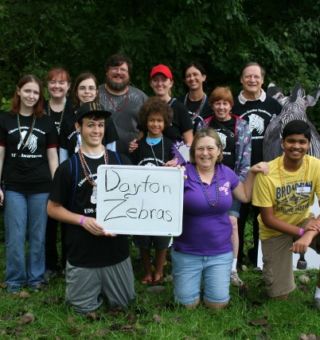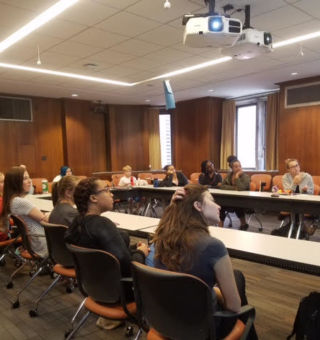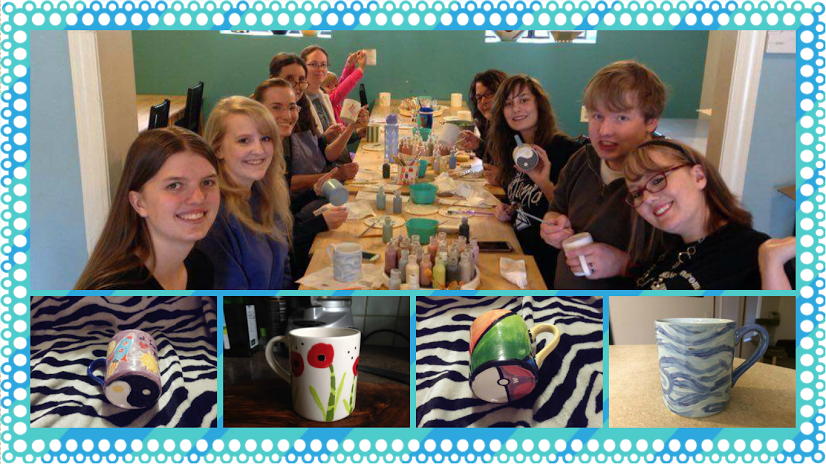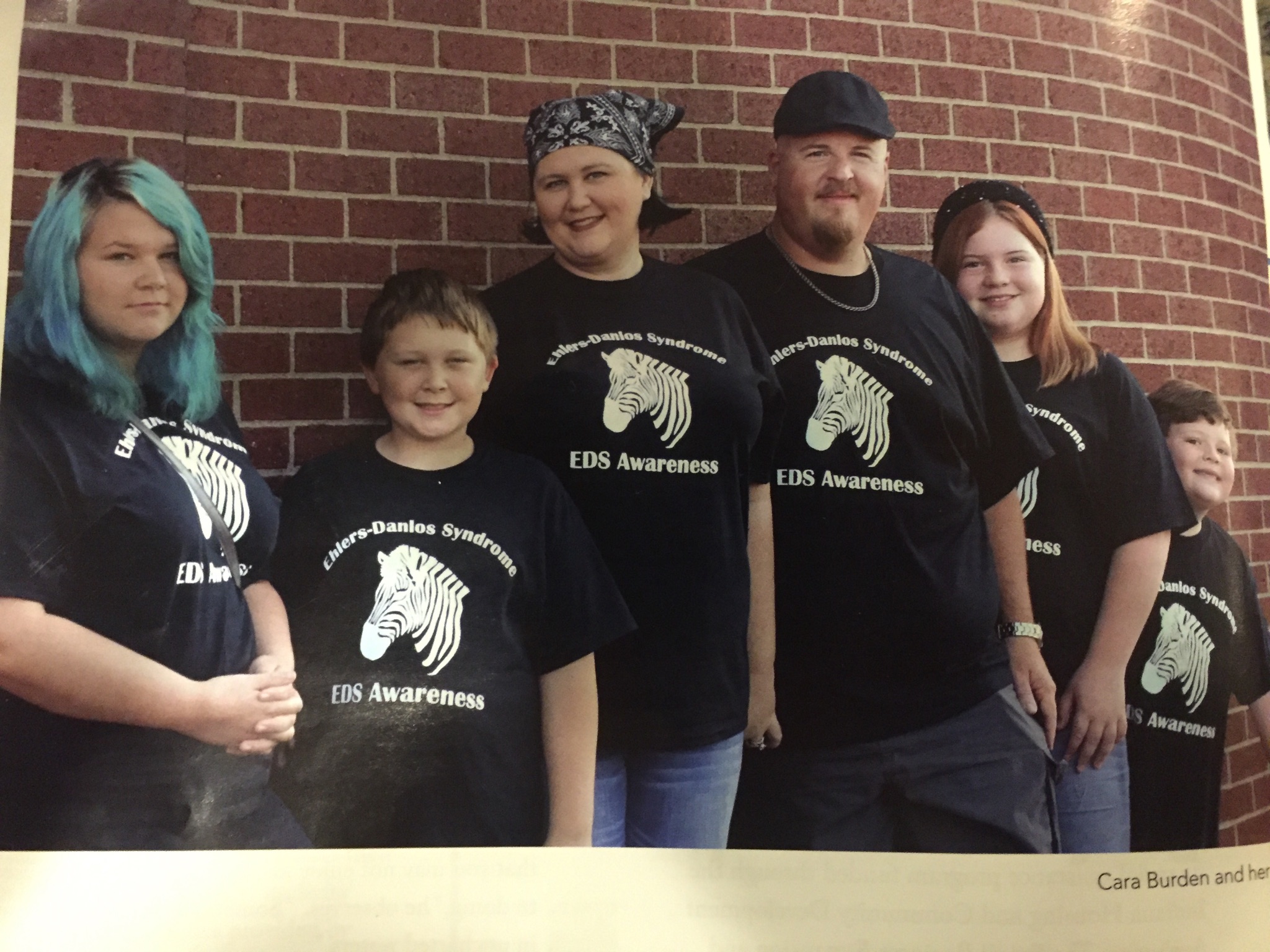Is a Fractured Bone Child Abuse or Ehlers-Danlos Syndrome?
There has been much discussion lately about parents being accused of child abuse when taking their children to the ER with a dislocated joint or fractured bones.
“That’s the running joke in medical school about orthopedic surgeons. Of course, there is a lot more to treating broken bones than that, especially when a suspicion of child abuse comes up. That is even more true when that suspicion of child abuse is wrong and the child instead has a rare disorder causing their fractures.
A new clinical report from the American Academy of Pediatrics which will be published in the February issue of Pediatrics, “Evaluating Children With Fractures for Child Physical Abuse,” will hopefully provide more guidance to doctors who evaluate children with fractures since “although the consequences of failing to diagnose an abusive injury in a child can be grave, incorrectly diagnosing child abuse in a child whose fractures have another etiology can be distressing for a family.”
The report provides a review of:
- fractures with a high and moderate association with abuse
- common fractures with a low association with abuse and which may instead be caused by a short fall
- preexisting medical conditions that make a child more vulnerable to having fractures, including osteogenesis imperfecta (brittle bone disease), preterm birth, rickets (vitamin D deficiency), osteomyelitis, disuse secondary to severe disability, scurvy (vitamin C deficiency), copper deficiency, Menkes kinky hair syndrome, and chronic kidney or liver disease
- things to look for in a medical evaluation that might indicate a fracture is suspicious for child abuse
- laboratory tests that can help diagnose preexisting medical conditions that might be causing the fractures
- the radiographic or imaging approach to evaluating a child for abuse, including the twenty-one image skeletal survey, four view skull series, chest CT to look for rib fractures, and bone scans, etc.
- the importance of evaluating siblings for abuse
Most importantly, the report states that while “physicians should keep an open mind to the possibility of abuse and remember that child abuse occurs in all socioeconomic groups and across all racial and ethnic groups,” they should also “consider and evaluate for possible diagnoses in addition to other signs or symptoms of child abuse.”
As we sometimes read stories of false accusations and children misdiagnosed with child abuse, such as Ehlers Danlos Syndrome or osteogeneisis imperfecta (OI), it is important to keep in mind that “child abuse is more common than OI, and children with OI and other metabolic or genetic conditions may also be abused.” At least 1,570 children died from child abuse and neglect in the United States in 2011.
Tragically though, Ehlers Danlos Syndrome isn’t even included in this new report. I’ve seen kids with Ehlers Danlos Syndrome. I don’t think I have ever seen one with scurvy.”
The medical community needs more education to diagnose child abuse correctly.
Click here for the original source of this article
We appreciate your Likes and Comments




